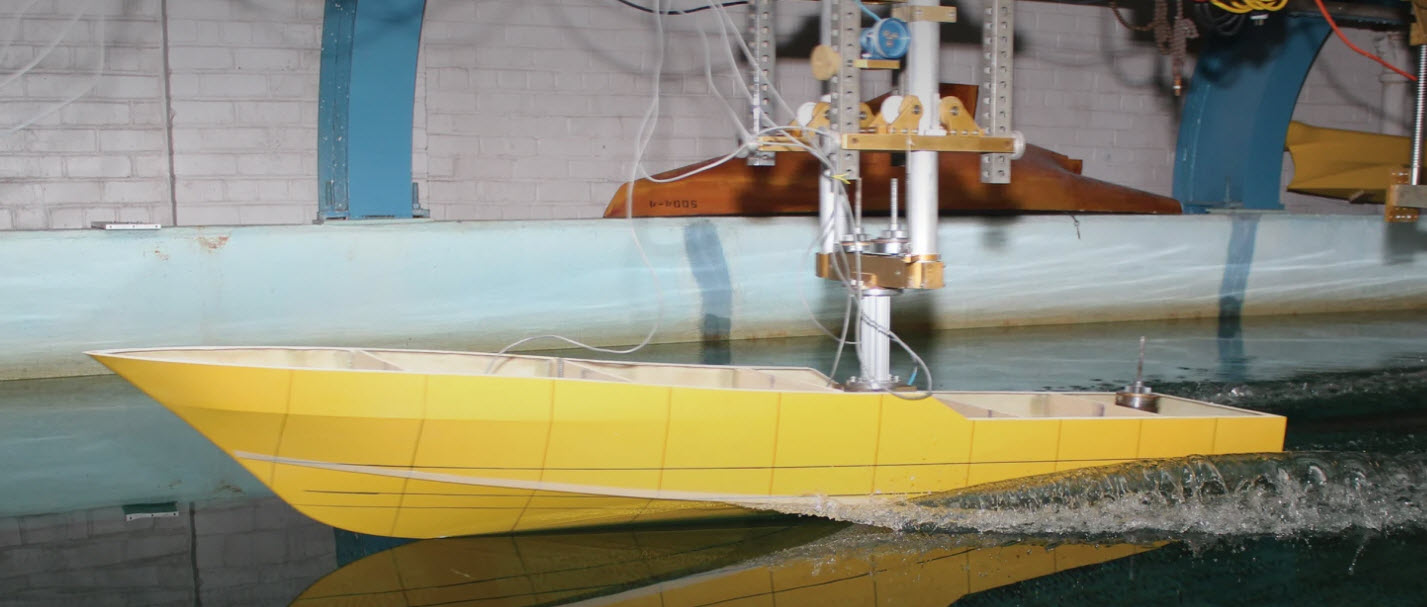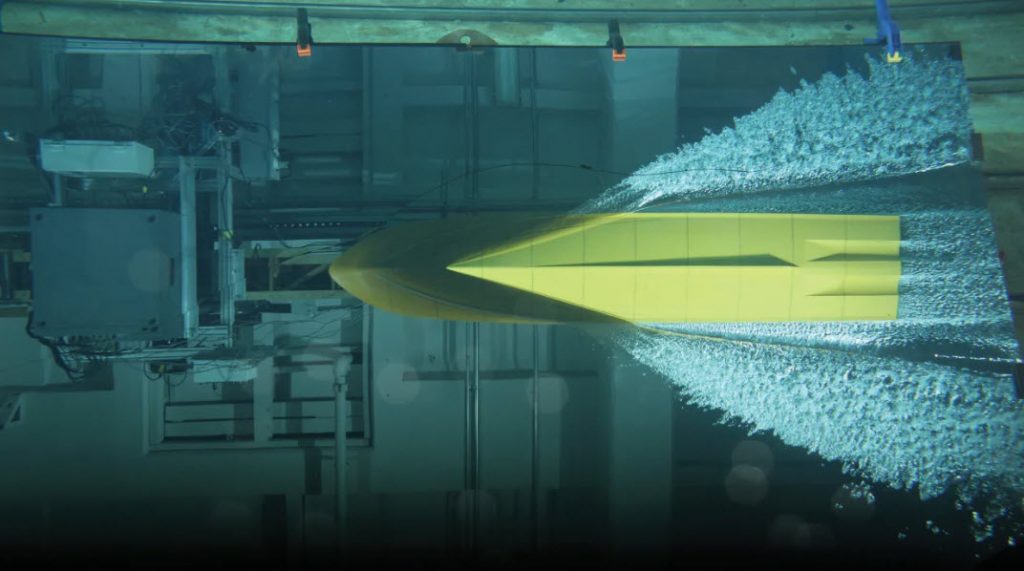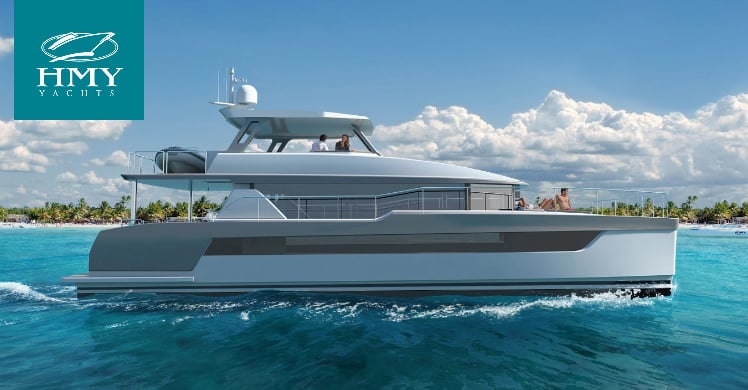
The Basics of Hull Design Explained
By Bill Prince
What the Hull?
Power and Motoryacht Magazine tapped Yacht Designer Bill Prince to break down the basics of Hull design. then he started talking about bread and buttocks.
I received a question out of the blue from a friend in the auto industry the other day. He asked, “When you are designing a vessel and approximating the final weight and hull surface area, do you know where the waterline is going to be? I suppose the answer is yes, but how close? And do you know how the vessel will sit in the water before it actually gets wet?”
Since he’s affiliated with Ford’s design studio, I have to wonder what the next Mustang is going to look like after a question like this.
But, as the adage goes, whenever one person asks a question, it’s safe to assume other people want to know the same thing. Most of the experienced boat owners I know have at least a vague idea of how Archimedes’ principle relates to the way their boat floats, but there’s so much more to understanding hull design than just the way a boat sits in the water.

A boat’s weight—and its distribution fore and aft—is central to hull design of any kind. We design the underwater volume of a hull to be distributed in a way that matches the optimal fore and aft center of gravity of the assembled boat plus her occupants and gear. This “center of buoyancy” is the volumetric center of the shape of the underwater part of the hull.
READ THE FULL BASICS OF HULL DESIGN ARTICLE HERE

